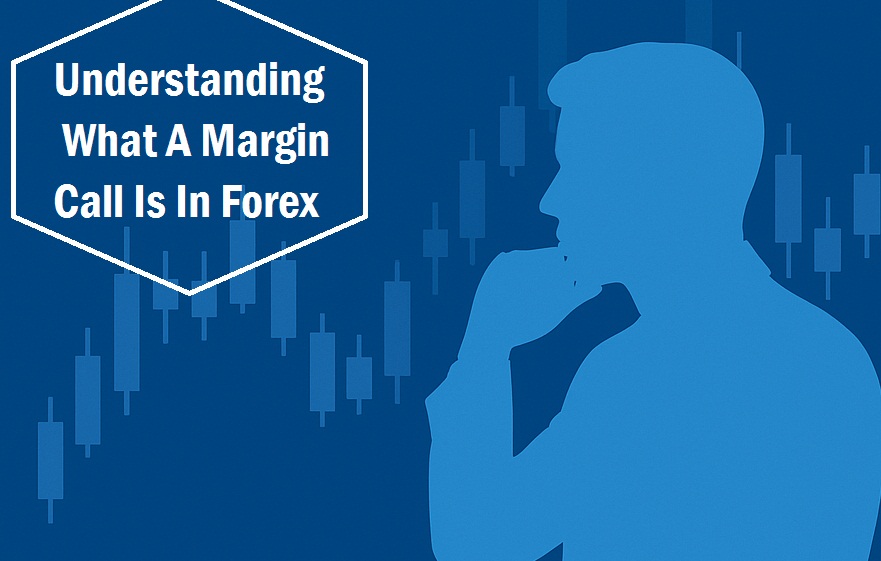Understanding What a Margin Call Is in the Forex Market
In today’s lesson, we’re diving into the concept of Margin Call in Forex, a crucial metric that every trader must understand to avoid devastating losses.
As a forex trader, there are times when you may open multiple positions in the market. If those trades begin to float in losses and your account equity starts to fall dangerously low, your broker may send you a warning, prompting you to deposit more funds to keep your positions open. This warning is known as a Margin Call.
A margin call typically occurs when your floating losses become excessive. And your equity equals or drops below your used margin. Let’s break this down even further.
What Is a Margin Call in Forex?
A Margin Call is a warning alert issued by your broker when your margin level hits a critical threshold known as the margin call level. This notification serves as a red flag, alerting you that your account is in danger and action must be taken before reaching the stop-out level.
It’s important to understand that:
- The Margin Level is a dynamic metric calculated based on your account’s equity and used margin.
- The Margin Call Level is a specific value (percentage) set by your broker that determines when a margin call is triggered.
Margin Call Levels Vary by Broker
Different brokers have different policies. For example:
- Some brokers set the margin call level at 100%. This means if your margin level drops to 100% or lower, you’ll receive a margin call.
- Others may use different threshold values.
That’s why it’s important to know your broker’s margin call level before actively trading on their platform.
Margin call notifications can come in various forms, such as email, text message, phone call, or other methods, depending on your broker’s preferred communication style.
Don’t Confuse Margin Call with Margin Call Level
Many traders mistakenly think a margin call and a margin call level are the same thing, but they’re not. They are related but serve different purposes.
Key Differences Between Margin Call and Margin Call Level:
- Margin Call is an event. When your account hits a certain condition (like low equity), your broker sends a warning notification.
- Margin Call Level is a threshold. It’s the percentage of your margin level that triggers the margin call event. For example, a broker may set this level at 100%.
Example: How a Margin Call Works
Let’s say your account balance is $3,000.
You open two trades:
- USD/JPY
- USD/CHF
You go short on both pairs, confident in your analysis. But suddenly, a high-impact news event drops, and the market moves against you. Each position begins floating a $1400 loss, totaling $2800 in floating losses.
At this point, your account equity falls to $200. If the losses continue and your equity drops more, your margin level reaches 100% (or your broker’s specified margin call level), you’ll receive a Margin Call.
If the market keeps moving against you and you don’t act, your broker may begin closing trades automatically. This is known as a Stop Out, which we’ll cover in the next lesson.
What to Do When You Receive a Margin Call
If you’re notified of a margin call, here are your options:
Close some trades: Free up margin by exiting less promising positions, giving other trades room to breathe.
Deposit more funds: If you only have one open position and you believe in your analysis, consider topping up your account to increase your free margin.
Our Expert Advice
If you’re a beginner trader, always apply proper risk management:
- Never risk more than 1% to 2% of your capital on a single trade.
- Avoid over-leveraging your trading account.
Not every trade will be a winner. Losses are part of the game. But by risking small percentages, you give yourself a longer runway to grow and recover, setting yourself up for more opportunities to win.
Up Next
In our next lesson, we’ll explore “Stop Out Levels in Forex.” Don’t miss it!









